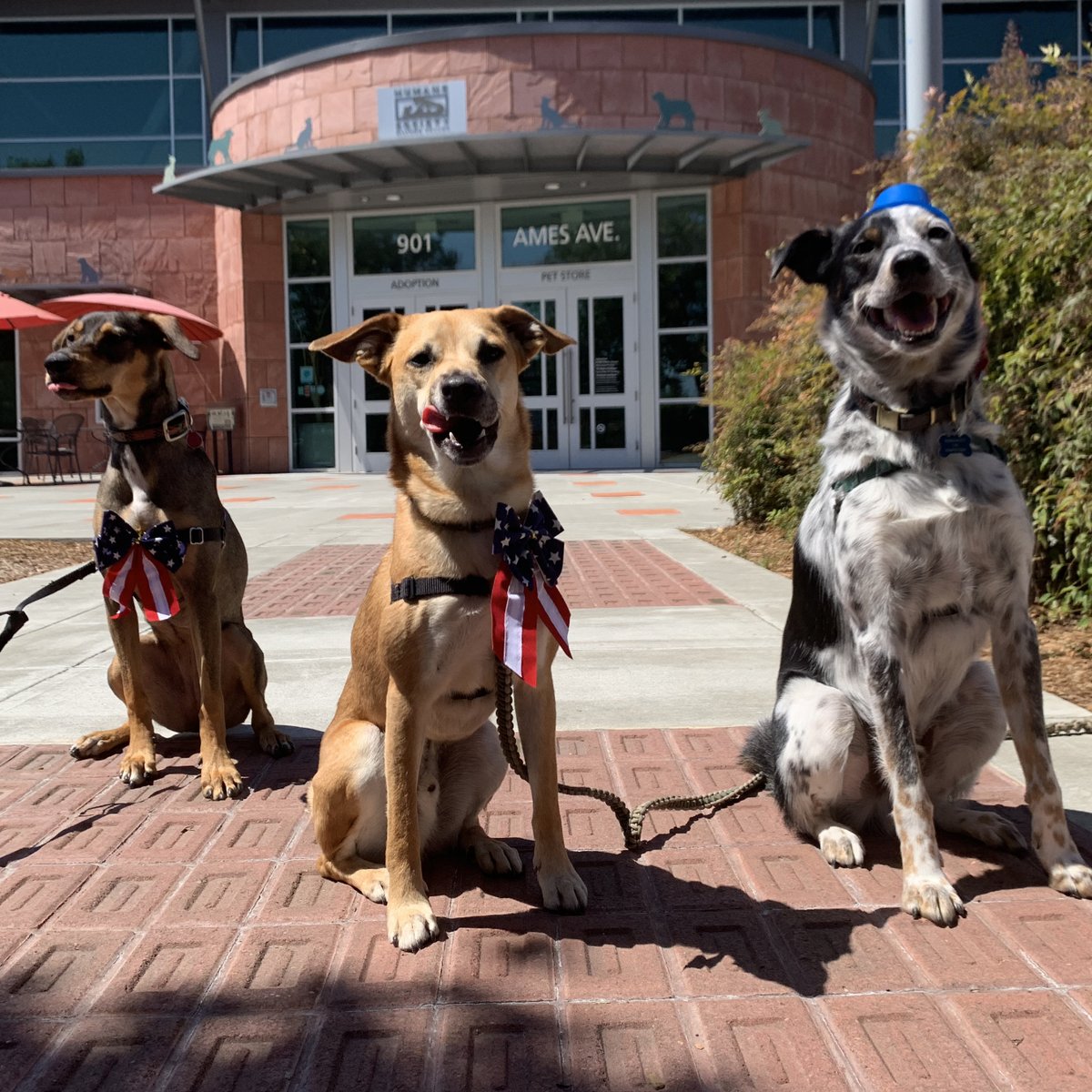News, ideas & inspiration from industry leaders

COVID-19 Chronicles: Weathering the Storm with Humane Society Silicon Valley
It’s July 2020—and looking back just four months ago is nothing like looking back at March 2019. Humane Society Silicon Valley’s Chief of Shelter Medicine, Cristie Kamiya, DVM, MBA, assesses her agency’s response when they first received shelter-in-place orders. The learnings are profound, and the results? Incredible.
When COVID-19 hit hard in early March, the world seemed to change by the day. Though considered an essential service, we followed state and county shelter-in-place orders by temporarily closing most of our programs and services. With just a few hours notice before the shelter-in-place order started, we scrambled to make new plans and adjustments to ensure we could continue to provide for the animals already in our care, while following the guidelines and keeping our staff and customers safe, and continue to support our community and partner shelters.
Thousands (!) of Foster Families to the Rescue
One of our first major steps after we closed our programs was figuring out how to place as many of our animals as possible into foster homes. Our transfer partners still needed our help, so we had to ensure we had the space, both onsite and in foster homes, to continue to take in more animals.
Our foster families stepped up to help us, and immediately began bringing our animals into their homes. We were grateful to our hundreds of foster families for helping us, but knew that we would need even more to meet our new needs. We especially needed help with foster families for large dogs, moms with puppies and kittens, and animals with medical needs. We put out a call for foster families and an electronic sign-up form on social media, and were blown away by the response. Within days, more than 3,000 new families signed up to foster. In the past, our foster family onboarding process had involved an in-person training session with appointment slots filled for weeks or months, so our foster team quickly pivoted and put together a virtual onboarding process to train new foster families quickly and efficiently with very little wait time. The foster team also adjusted onsite foster animal and supply pick-up procedures to ensure that staff and foster families were able to maintain social distancing and no contact.
Thanks to the support from our foster community, we could continue transferring in animals from our rescue partners and provide the help they desperately needed for their most at-risk animals.
Transitioning to Virtual Adoptions (Short version: It works—just ask Axel!)
Immediately after receiving the shelter-in-place mandate, we brainstormed ways to safely reopen our adoptions program. The process we piloted, then soon after fully implemented, was a super-successful virtual process, in which potential adopters could set up an online appointment for a virtual meet & greet through video chat, then pay the adoption fee through their phone, then pick up their adopted animal through a safe, no-contact, socially distanced appointment.
We were initially unsure if the new process would work, since one of the tenets of our adoptions program is giving potential adopters the ability to meet and touch and interact with the animal they are interested in taking home. But we were met with a huge surge of people interested in trying out this new process. By the end of the first week, dozens of animals had gone home, and our adopters gave us overwhelmingly positive feedback. We even had to turn off the appointment function on our website for a couple of weeks, as the waitlist for appointments had reached as high as 500 adopters!
One family was looking for a dog who could also serve as an emotional and behavioral support dog for their young son with ADHD and sensory process disorders related to autism. When it came time for their virtual appointment, our counselor talked to the entire family together via video chat about their lifestyle and what they were looking for in a pet. The counselor immediately thought Axel, a young and energetic Doberman, would be the perfect fit. As soon as the family watched him interact with the adoption counselor during the video appointment, it was clear that Axel was perfect for them. They signed his adoption papers virtually, and made an appointment to pick him up the next day. Within days of taking Axel home, he had already settled in with his new family. They report that his loving, confident, and social personality has helped calm down their son and allowed him to focus on his schoolwork for longer periods of time. “Axel absolutely makes our heart sing,” his new family says. “We cannot believe he is ours and he is home. We are so thankful for the time, care, and support we received from the staff in matching him to us and making this adoption happen.”

What the Numbers Are Telling Us
Within a few weeks, we were back to adoptions numbers meeting or exceeding pre-COVID times. We were projected to perform 6,200+ adoptions this fiscal year, based on last year’s 6,100 placements. Since shelter-in-place started, we are at about 65% of last year’s numbers. Since starting the virtual adoption process, we’ve been able to ramp up from about 70-80 per week when we first started the new process, to now about 100 per week. We have a new kitten adoption pilot program that will help bring those numbers up even more.
The virtual adoption process has been super fascinating for us, as far as learnings go. One of the things we keep track of is adoption conversion (people coming in and actually adopting versus those leaving without a pet). Pre-COVID, our conversion rate averaged in the 20ish-percent rate, and we were extremely happy if we reached high 20s or 30s. With this new virtual adoption process, our conversion rate is about 80%! We do have to calculate it a bit differently, though—it is the rate of appointments resulting in adoptions versus appointments with no adoption and/or canceled appointments.
When we were looking for ways to resume services in our new normal, we were looking at new capabilities that would build and increase organizational capacity for growth and really improve ways we were doing things. We hoped the changes would be sustainable, and that we’d want to continue them even after the crisis was over. It has been an opportunity for us as an organization to take this crisis and really work hard to make sure we’re ready to emerge on the other side with a lot of positive momentum—and hopefully ahead of the game.
Learn more about HSSV’s powerful programs
Learn about the medical care side of Humane Society Silicon Valley’s foster care program at the September 9 (new date) webinar: Scaling High Quality, High Volume Foster Care in Times of Crisis — this session is approved for RACE CE!



After reading this article, I swear I’m not crying. What a heart-felt story about Axel. I’m so impressed with what Humane Society Silicon Valley has done in these troubling times. Congratulations to everyone involved!